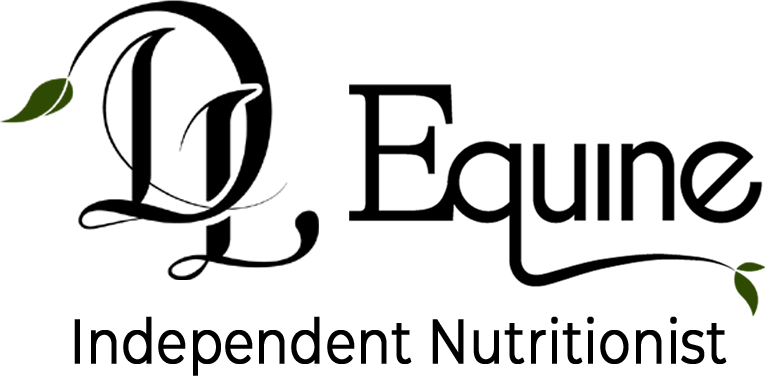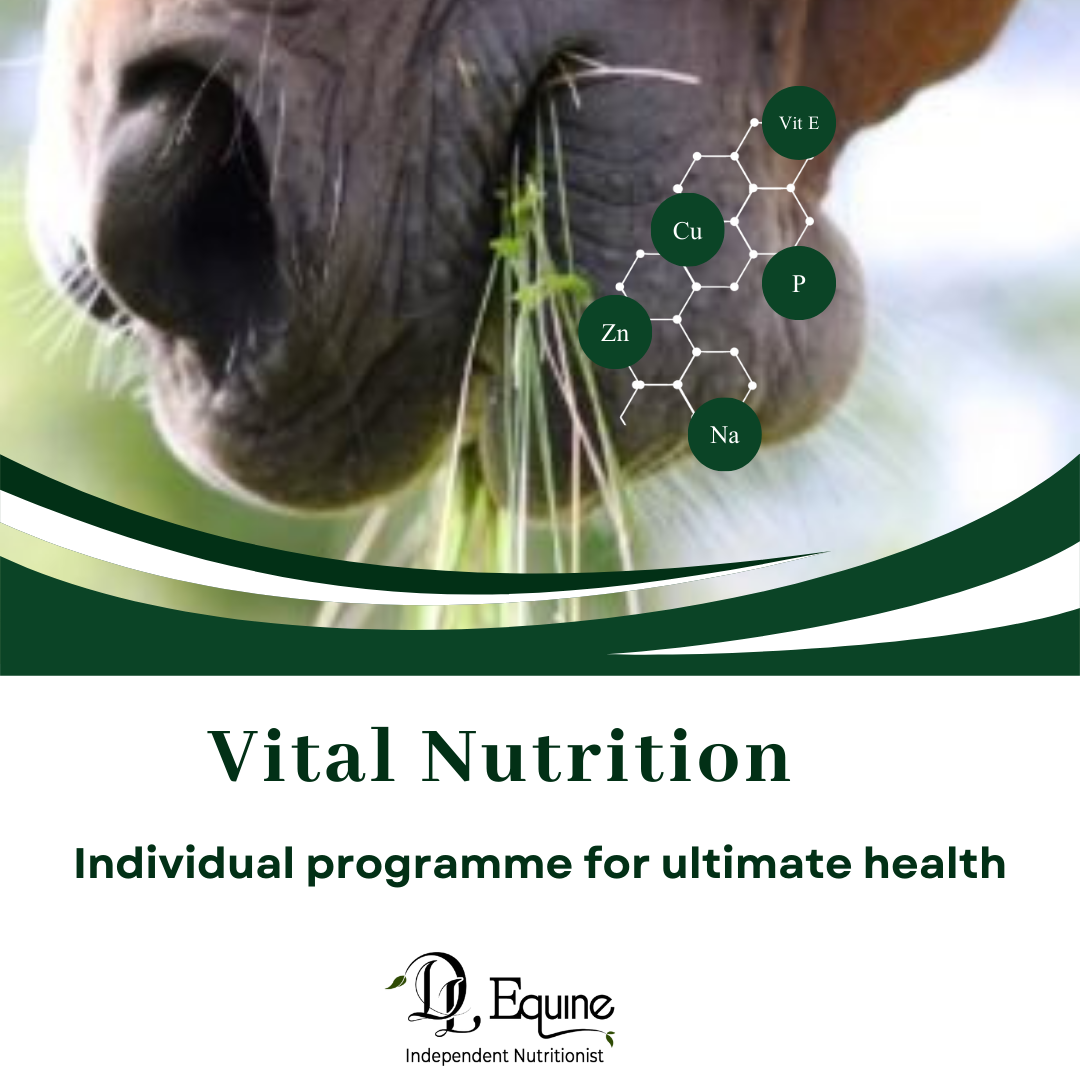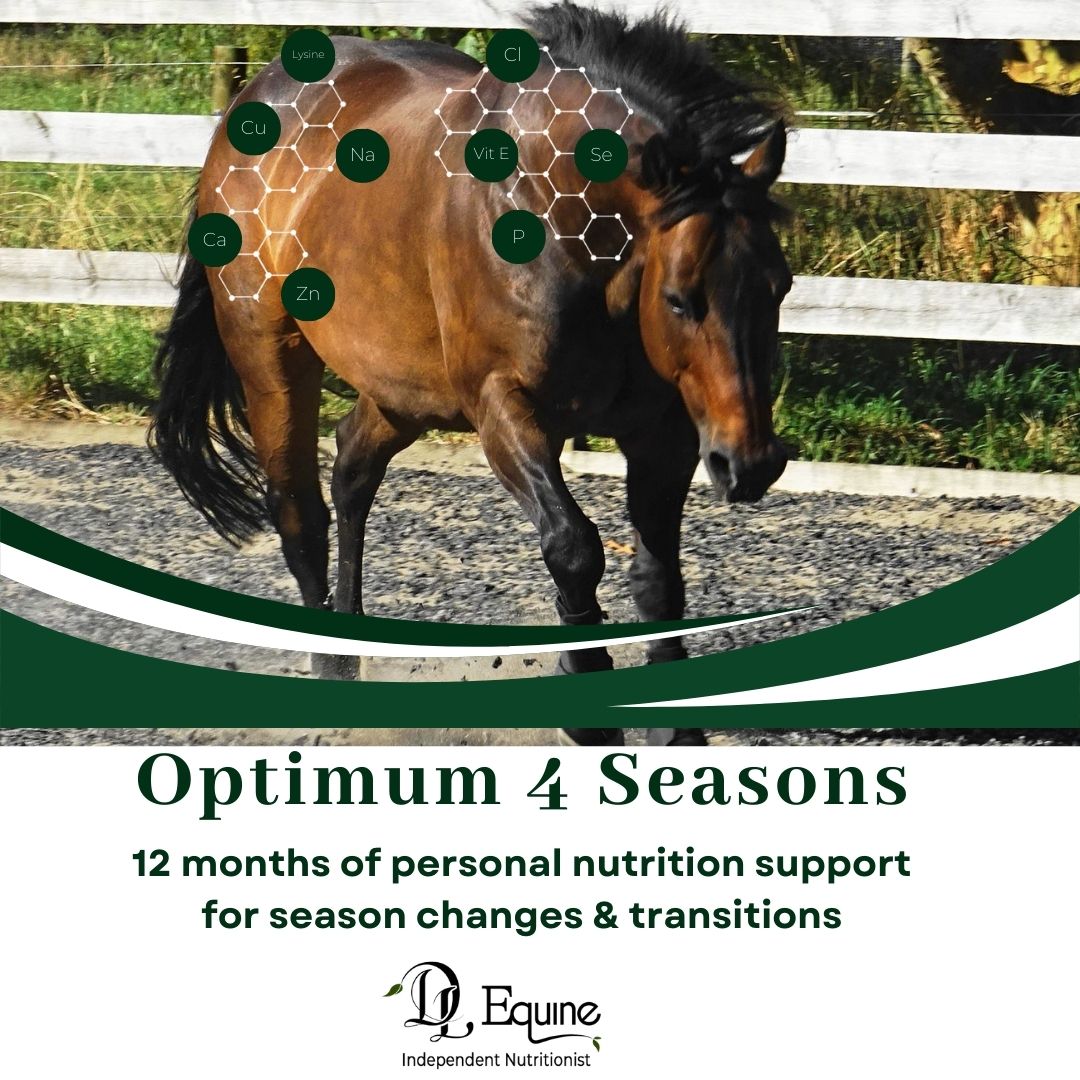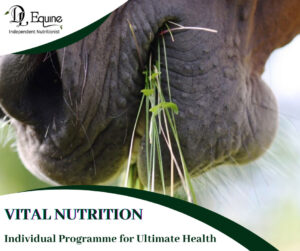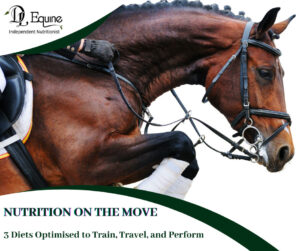What are they?
The building blocks of protein.
22 of these aa function within the horse’s body.
Every aa is an individual with different unique identities. Such as basic or alkaline or neutral.
aa link together and make chains. This gives rise to combinations for different properties, such as peptides or polypeptides.
Proteins are formed by linking long chains of aa.
These make up areas of the horse such as hair, skin, blood cells and hormones etc…
Best way I have heard to visualize individual aa is from Dr J Nichols of Stride Animal Health, these would be as letters: e, j, a, n, r, I, d.
If you start linking these aa together you get words e.g., jane sees
When you link words, you get sentences e.g., jane see land.
And finally, you get a full story if enough are linked together. The story of how jane was sailing till she saw land….This would be your protein!
Essential Amino Acids
These are that certain aa that a horse MUST consume from their feed in order for their body to work properly. The horses cannot make these on its own.
Think of these as the vowels that are necessary to link letters together in order to make an actual word. If the diet is deficient in essential aa the body simply can’t work properly.
e.g. you can have letters (aa) present such as TH H R S LS W NT S L NG
You can’t read this sentence; it doesn’t make sense until you put the vowels in. The same as the body can’t work properly unless you add the ALL the essential aa into the diet.
Like this: The horse also went sailing!
Missing even one essential aa can result in the horse not reaching peak performance.
There are 10 essential aa. Lysine is the most important aa for a horse. It is called the first limiting aa. This means that if there is not enough lysine in the diet the body cannot make enough protein for its systems to work.
Like trying to write a novel without being able to use the letter E!
What do amino acids do?
They are the building blocks of protein. Protein has hundreds of functions within the horse’s body.
The proteins are broken down within the gut cells to individual aa which are moved thru into the blood where they can then be used by the tissues within the body.
A few functions requiring aa are:
Building muscle
Organ tissues – (hair, hooves and skin etc.)
Immune system functions
Body stamina – rebuilding and repairing muscle
Hormones
What happens when your horse is amino acid deficient?
Your horse gets decreased immunity. As aa are used in many areas such as activating lymphocytes and in the production of antibodies.
Poor gut health will result from not enough aa which work for intestinal lining integrity and mucosal mass etc.
AA are converted to neurotransmitters in the brain, deficiencies can have an affect on mental health such as the ability to concentrate or relax.
Reduced stamina and muscle mass will result from deficient aa.
What feeds contain amino acids?
Amino acids are contained in pasture, hay and forages. Lucerne is a great source of aa and protein. However, the older the hay or chaff the less active aa present.
Sources high in quality protein aa are legumes such as soybeans, tick beans, lupins.
Horse owners can also feed essential aa in powdered or pelleted form.
If the horse is under stress, travelling, competing or requiring more weight and muscle mass, has bad hooves or coat health, or breeding then supplementation is extremely helpful.
Note: Crude Protein (such as on a feed tag on a feed bag) is simply a measure of Nitrogen. NOT the measure of aa profile. Always look at the amino acid actually stated to be in the feed.
Dale Logan
BSc, Post Grad Dip, Equine Nutrition, Massey University.
Equine Nutrition Advanced Uni of Guelph, Cert Equine Herbal Medicine, Cert NZ Animal Welfare Legislation
DL Equine
